Iran reportedly considering moving capital to southern coast amid Tehran's struggles
Relocation could transform Makran into an economic hub, but faces severe environmental hurdles.
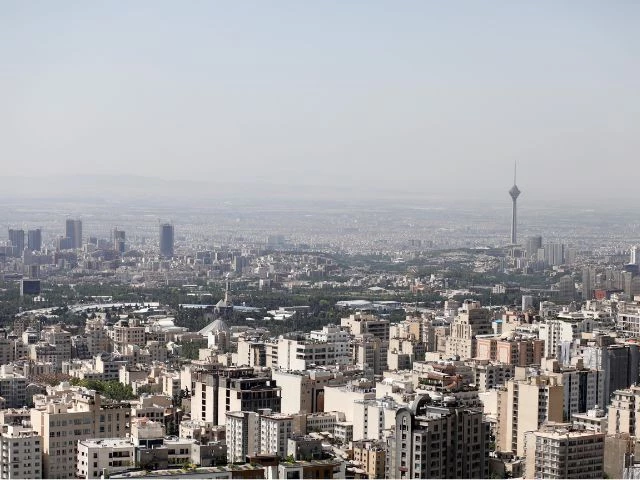
Iran is exploring the possibility of moving its capital from Tehran to the Makran region on the Gulf of Oman, as Tehran grapples with a host of urban challenges.
While the idea has surfaced periodically since the 1979 Islamic Revolution, it has largely been dismissed due to the significant financial and logistical hurdles.
However, the new government under reformist President Masoud Pezeshkian, who took office in July 2024, is now seriously considering the move.
The capital’s growing problems, including traffic congestion, water shortages, resource mismanagement, extreme air pollution, and subsidence—the gradual sinking of the land—are driving the government’s discussions. In January 2025, a government spokeswoman confirmed that relocation plans were under review, with the Makran region being a prime contender for the move.
Makran, an undeveloped coastal area stretching across Iran's impoverished Sistan-Baluchistan province and part of Hormozgan, has been identified as a potential new capital. Foreign Minister Abbas Araghchi recently described it as "the future economic hub of Iran and the region."
President Pezeshkian has echoed this sentiment, suggesting that the economic and political centre of the country needs to be relocated to the south. The region, he argues, holds promise for addressing Tehran’s escalating issues, with its proximity to the sea offering opportunities for economic development.
Makran: A mix of opportunity and challenge
Makran’s coastal setting, with its fishing villages and historical significance dating back to the era of Alexander the Great, offers a stark contrast to Tehran’s current role as the political and cultural heart of the country.
While the idea of a southern capital has been championed by some, it faces significant opposition from those who value Tehran's strategic importance and its symbolic connection to Iran’s rich history.
Tehran was designated as the capital by Agha Mohammad Khan Qajar in 1786, and it has served as the political, administrative, and cultural centre of Iran for over two centuries.
However, critics argue that Tehran’s problems could be addressed with targeted investment and urban planning rather than an expensive and disruptive relocation. Former Tehran mayor Pirouz Hanachi stated that with proper development, Tehran’s challenges could be overcome.
A financial and environmental dilemma
The proposed relocation would come with a hefty price tag, with some experts estimating that it could cost around $100 billion. Moving the capital would require extensive investment in infrastructure, creating new government buildings, and addressing the needs of a population that currently exceeds 18 million in Tehran alone.
In addition to the financial challenges, Makran faces significant environmental concerns. The region is vulnerable to climate change, with rising temperatures and declining rainfall threatening its potential for large-scale development.
Moreover, the Makran coast lies on the Gulf of Oman, a region prone to natural disasters, including flooding and storms.
Proponents of the move argue that Makran offers advantages such as reduced vulnerability to earthquakes—compared to Tehran, which sits in a seismically active zone—and better access to international shipping routes. Some also see it as a strategic move to boost Iran’s presence in the Persian Gulf, competing with neighbouring ports such as Dubai and Gwadar in Pakistan.
Public opinion: A divide over the future of Tehran
Public opinion on the proposed move is divided. Supporters believe that relocating the capital could foster regional development, boost trade, and reduce the strain on Tehran’s already overburdened infrastructure. On the other hand, many feel that Tehran's cultural significance and strategic location make it an irreplaceable capital.
Urban planning expert Ali Khaksar Rafsanjani voiced concerns over Makran’s vulnerability to natural disasters, describing it as “very vulnerable” compared to Tehran’s position in the northern part of the country. Tehran is also considered safer in emergency or wartime situations, due to its more central location and access to natural resources.
Strategic ambitions
Beyond its immediate logistical and environmental challenges, the relocation proposal may also reflect broader strategic ambitions. According to some analysts, Makran’s development could enhance Iran's geopolitical position, especially as it seeks to strengthen its role in the Persian Gulf region.
Banafsheh Keynoush, a fellow at the International Institute for Iranian Studies, noted that a new capital in Makran could also help Iran compete with established ports like Dubai and Gwadar, further bolstering Iran’s regional influence.
Despite these possibilities, the debate over moving the capital remains ongoing. The proposed shift to Makran represents both an opportunity and a challenge for Iran, with the outcome likely to be determined by a mix of economic, environmental, and strategic considerations.




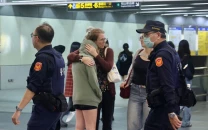
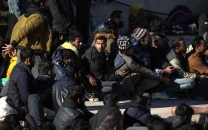

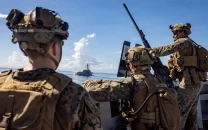
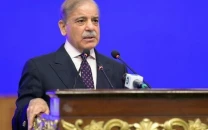
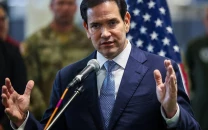
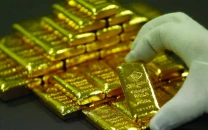

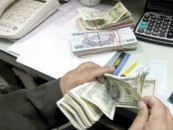
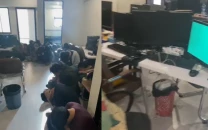
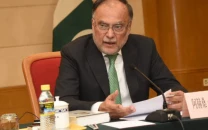
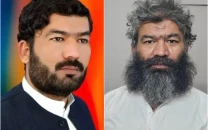
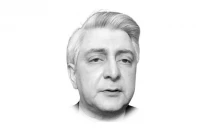

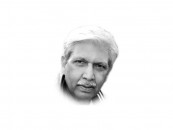

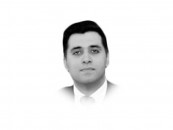
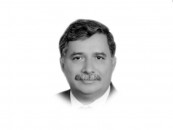
COMMENTS
Comments are moderated and generally will be posted if they are on-topic and not abusive.
For more information, please see our Comments FAQ